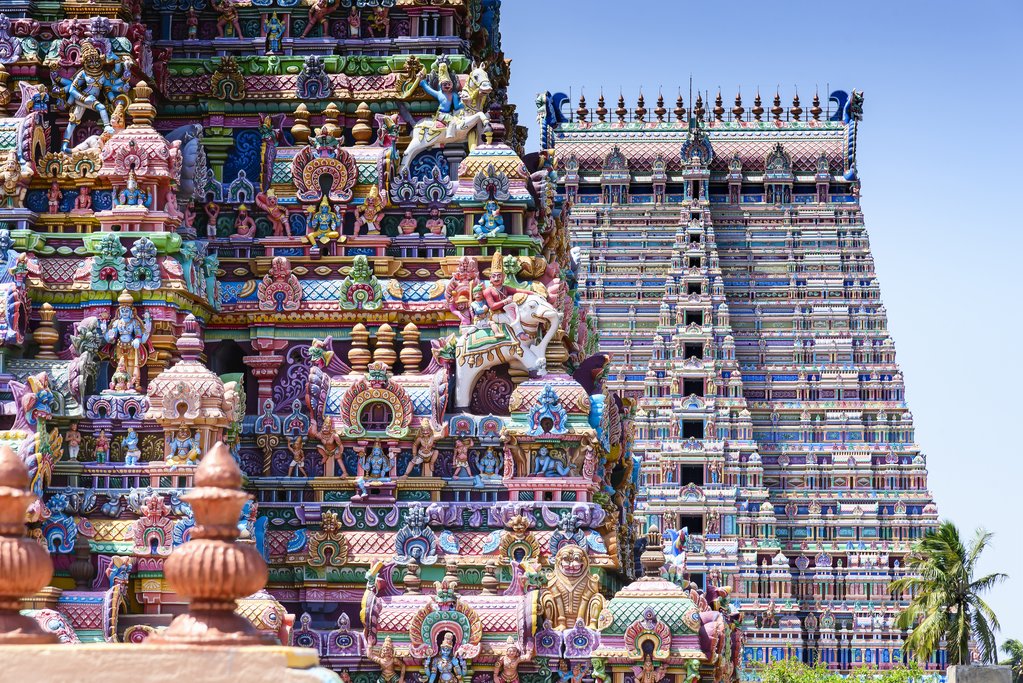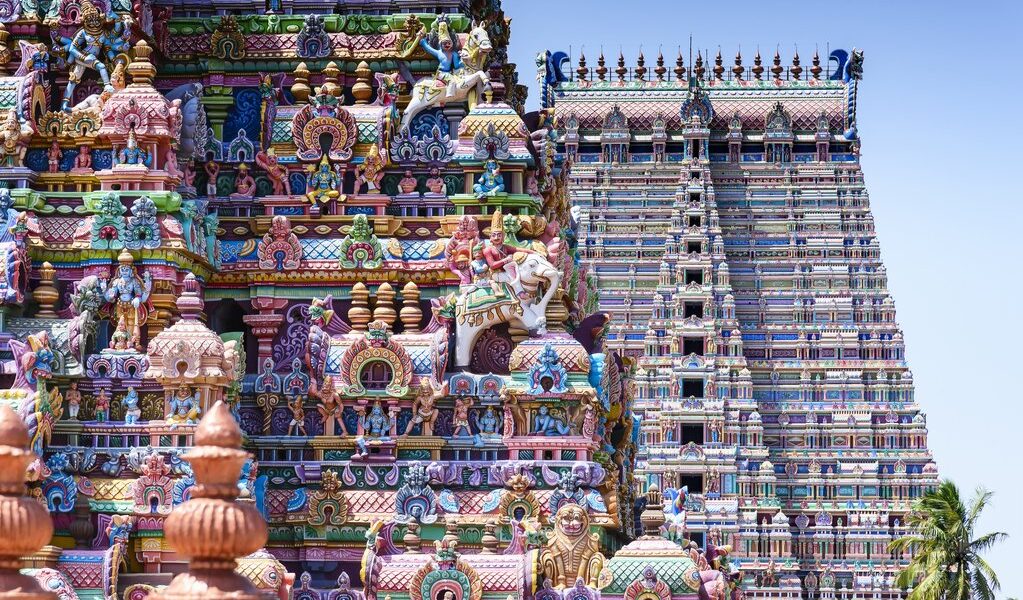
July is India’s off-season due to the rainy and wet weather. Across most Indian states, the monsoon is in full swing; rain falls every few days at this time of year. This is a good time to visit some of India’s drier areas, such as the historic cities of Rajasthan or Tamil Nadu’s ancient temples.
Traveling to India in July presents a unique set of considerations. The monsoon season is in full swing across much of the country, bringing with it both challenges and opportunities for intrepid travelers. Understanding the weather patterns, crowd dynamics, and regional variations is key to planning a successful and enjoyable trip. This guide offers insights into what to expect and where to go for an unforgettable Indian experience in July.
**Weather Considerations**
In the bustling metropolis of **Delhi** and the surrounding areas, the month of July is characterized by the arrival of the monsoon rains. These welcome showers bring a slight respite from the intense heat, offering a degree of cooling. However, humidity levels are typically high. Expect average high temperatures to hover around 95°F (35°C), with average lows settling around 82°F (28°C). While the rain can be a refreshing change, it can also lead to occasional disruptions to travel plans.
Venturing westward to **Rajasthan**, you’ll find a climate that shares similarities with **Delhi**, although with a noticeable difference in rainfall. While temperatures remain comparable, with high temperatures averaging around 95°F and potentially exceeding that mark, the number of rainy days tends to be fewer in **Rajasthan** compared to **Delhi**. This can make **Rajasthan** a slightly more appealing destination for those seeking to minimize their exposure to the monsoon rains.
Further south, the states of **Kerala**, **Mumbai**, and **Goa** experience the full force of the monsoon. These regions become exceptionally rainy and steamy during July. The combination of heavy rainfall and high humidity can make for challenging travel conditions. It’s important to be prepared for potential disruptions and to pack accordingly.
In contrast, **Tamil Nadu**, located in the southeastern part of India, experiences a somewhat different monsoon pattern. While it does receive some rainfall in July, it’s generally less rainy than **Kerala**, **Mumbai**, and **Goa**. The main monsoon season for **Tamil Nadu** typically begins in October. This makes **Tamil Nadu** a potentially attractive option for travelers seeking to avoid the heaviest rainfall.
Moving northwards to the majestic **Himalayas**, the eastern regions, encompassing areas such as **Arunachal Pradesh** and **Sikkim**, are subject to substantial rainfall during this time of year. The intensity of the monsoon results in a noticeable decrease in tourism activity, effectively bringing the peak season to a close in these areas.
However, **Kashmir** and **Ladakh**, nestled further west in the **Himalayas**, remain relatively untouched by the monsoon’s influence. These regions experience minimal rainfall, allowing for favorable weather conditions that are still conducive to trekking and outdoor activities. For adventurers seeking breathtaking mountain landscapes and challenging treks, **Kashmir** and **Ladakh** offer compelling destinations during July.
**Crowds and Costs**
The weather conditions prevailing in July have a significant impact on tourism patterns across India. The monsoon season deters many international tourists from visiting, resulting in a noticeable decrease in visitor numbers. Furthermore, the summer vacation period for Indian schools has concluded, leading to a reduction in domestic tourism as well.
Consequently, July and August typically represent the low season for tourism in India, with the exception of the far northern **Himalayas**. This translates into lower crowds at popular attractions and reduced prices for accommodation, transportation, and tours. Travelers seeking budget-friendly options and a more relaxed pace of exploration may find July to be an appealing time to visit India.
**Destination Recommendations**
Despite the challenges posed by the monsoon, traveling to the wetter regions of India during this season can still be a rewarding experience. The rain often comes in sporadic bursts, with periods of clear weather throughout the day that allow for sightseeing. However, it’s important to be aware of the increased mosquito population during the rainy season, as these insects can transmit diseases such as malaria. Consulting a doctor about malaria prevention before traveling is highly recommended. Additionally, some areas may become muddy during the rain, so packing appropriate footwear and gear is essential for maximizing enjoyment.
For those seeking to minimize their exposure to the rain, **Rajasthan** and **Tamil Nadu** stand out as excellent choices. These relatively dry regions experience less precipitation in July, offering more predictable weather conditions for sightseeing and outdoor activities. Moreover, travelers can take advantage of off-season deals and discounts, making these destinations even more attractive.
**Experiences and Activities**
**Rajasthan** beckons with its captivating historical cities, brimming with opulent havelis (historic mansions) and majestic palaces that once belonged to Maharajas. Exploring the cultural treasures of **Jaipur**, **Jodhpur**, **Udaipur**, and **Jaisalmer** will be a delightful experience, unaffected by heavy monsoon rains. Furthermore, on days with clear skies, you might even have the opportunity to embark on a camel tour across the mesmerizing **Thar Desert**. Certain tour operators offer the unique experience of spending a night under the starry desert sky – an unforgettable adventure.
**Tamil Nadu** presents another attractive option for July travel, affording the chance to explore its significant sites. From the spiritual allure of **Auroville** to the impressive grandeur of **Madurai’s** **Meenakshi Amman Temple**, you can experience the state’s diverse attractions without navigating through large crowds.
**July Festivals**
The rainy season casts a distinctive ambiance over India, transforming landscapes into lush, green vistas and enshrouding them in a damp mist. This sets the stage for a series of monsoon festivals celebrated throughout the country.
Mango enthusiasts should not miss the annual **Delhi Tourism Mango Festival**. This delightful event showcases over 500 varieties of mangoes, accompanied by a variety of mango-based products. Farmers and growers from various states across India participate, adding to the festival’s vibrant atmosphere.
Further south in **Kerala**, witness thrilling snake boat races in **Champakulam**. Teams of rowers propel their long “snake boats” across flood-swollen backwaters at exhilarating speeds.
Another fascinating **Kerala** festival, **Njangattiri Aanayoottu**, entails feeding elephants within the **Njangattiri Bhagavathi Temple** in **Pattambi**.
In **Rishikesh**, the holy city nestled in the **Himalayan** foothills, the **Guru Purnima** festival honors spiritual teachers, marked by prayers, chanting, fasting, and insightful spiritual discussions.
Remember that the dates of many religious festivals in India are contingent on the lunar or lunisolar calendar, so checking the exact dates before travelling is vital.
**Suggested Itineraries**
Consider a “Best of **Rajasthan** Tour” lasting ten days. This comprehensive tour encompasses the highlights of the Golden Triangle, as well as **Jodhpur**, **Jaipur**, **Udaipur**, and **Pushkar**, offering a rich immersion into **Rajasthan**’s cultural and historical heritage.
Alternatively, embark on a “Tamil Nadu Temple Tour” that spans ten days. Prepare to be amazed by the ancient temples of **Tamil Nadu**, which stand as monumental structures representing an integral part of India’s religious heritage.
B-1191

